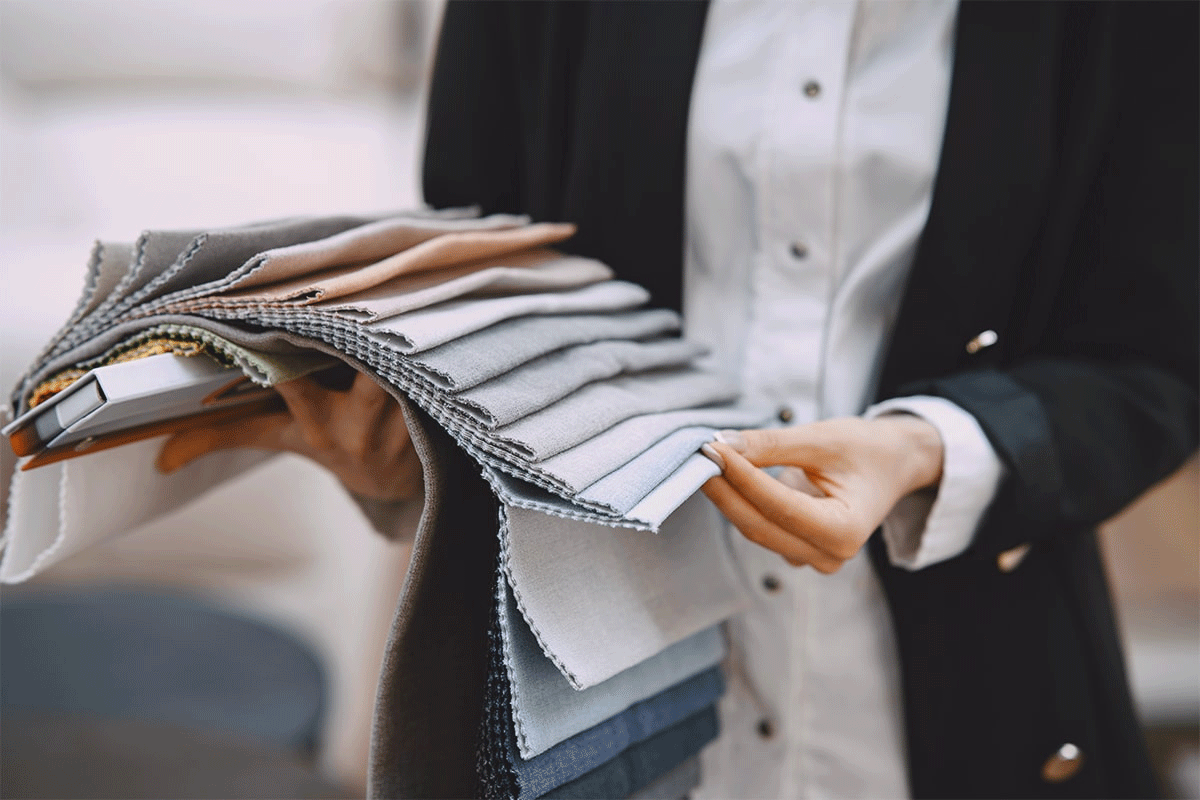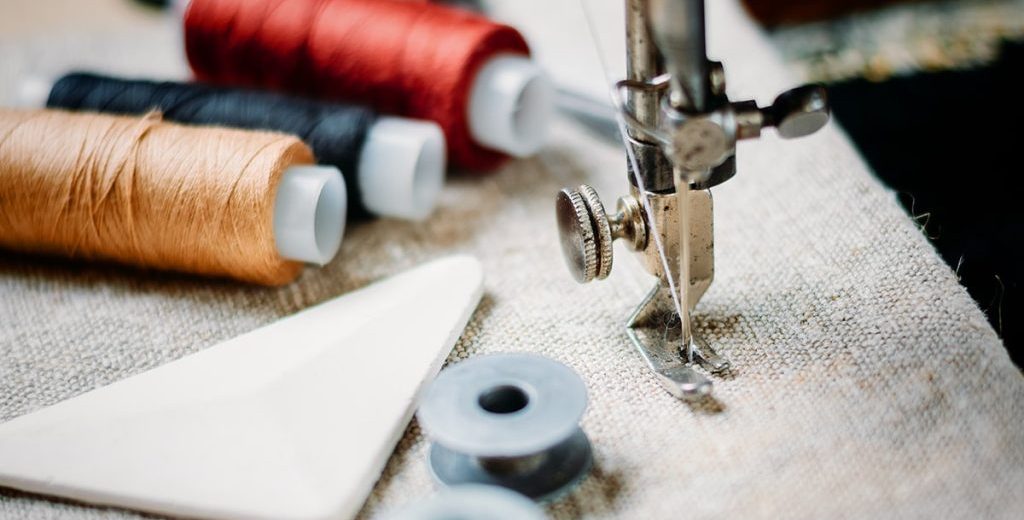
Introduction
“Fashion is not just limited to adults; it has taken the world of children’s apparel by storm.”
As the fashion industry continues to evolve, one of the most exciting areas of growth is in sustainable Kidswear. With parents becoming more eco-conscious and the demand for ethically produced clothing on the rise, the children’s fashion sector is embracing innovation like never before. Here, we explore the future of Kidswear, focusing on the key innovations and trends shaping sustainable fashion for the next generation.
- Rise of Sustainable Fabrics in Kidswear
In recent years, the textile industry has witnessed a significant shift towards sustainable fabrics. Sustainable fabrics are better for a child’s skin and are made more ethically. Materials like organic cotton, bamboo, and recycled fibres are becoming staples in children’s clothing. Organic cotton, in particular, is prized for its softness and safety, free from harmful chemicals that could irritate a child’s sensitive skin. Brands are increasingly recognizing the importance of eco-friendly fabrics, which not only benefit the environment but also provide comfort for little ones.
At Sristi Garments, we have embraced this trend by ensuring that our Kidswear is made from eco-friendly materials like organic cotton and GRS-certified recycled fibres. These fabrics provide both comfort and environmental benefits, aligning with the values of today’s conscious consumers.
- Circular Fashion for Longevity
The concept of circular fashion is gaining traction in the kidswear market. Since children grow out of clothes quickly, parents are looking for brands that offer durability and options for resale, recycling, or repurposing. Circular fashion involves designing garments with extended use in mind, meaning they are built to last and can be easily passed down or repurposed once they are no longer needed.
Some brands are introducing “grow-with-me” features—garments designed with adjustable elements like elastic waistbands or rollable sleeves—allowing the clothes to grow alongside the child. This not only reduces waste but also saves money for parents.
- Tech-Infused Garments
The future of kidswear is also seeing the integration of technology. Smart textiles, which can monitor body temperature, UV exposure, or even moisture levels, are making their way into the children’s fashion market. These tech-infused garments are not just a novelty but are being developed to enhance the well-being of children by ensuring their comfort and safety.
For instance, UV-protective clothing is becoming a popular choice among parents for outdoor wear, protecting children from harmful sun exposure without the need for chemical-laden sunscreens. Innovations like these offer a blend of fashion and functionality, giving parents peace of mind while their children enjoy the outdoors.
- Ethical Production and Fair Trade Practices
More than ever, consumers are seeking transparency in the production process. Sustainable kidswear brands are prioritizing ethical labor practices and fair trade, ensuring that workers in the supply chain are treated fairly and paid appropriately. This trend is especially important to parents who are mindful of the world their children will inherit.
At Sristi Garments, we are proud to champion ethical production. Our workforce of over 500 skilled employees operates in a safe, supportive environment, ensuring that every piece of kidswear we produce meets the highest ethical standards.
- Gender-Neutral Fashion
Gender-neutral fashion has emerged as a significant trend in kidswear, allowing children to express themselves freely without the constraints of traditional gender norms. This shift not only encourages creativity but also makes the garments more versatile, allowing them to be shared among siblings regardless of gender.
Parents today are looking for clothing that is practical, stylish, and free from stereotypical color codes. The move toward gender-neutral kidswear is both a nod to modern values and a step toward reducing overconsumption, as neutral designs offer greater longevity in a child’s wardrobe.
- Statement Prints and Colors: Vibrant Expressions in Innovation
As kidswear embraces sustainable practices, the emphasis on playful, vibrant design is far from lost. Bold statement prints and bright colors continue to be a major trend, with designers infusing eco-friendly fabrics with imaginative, eye-catching patterns. From whimsical animal motifs to nature-inspired prints, these designs allow children to express their creativity while wearing garments that are kind to the planet.
Vibrant colors, especially those derived from eco-friendly, low-impact dyes, are increasingly used to ensure that even sustainable garments don’t compromise on style. Whether it’s playful neon hues or soft pastel shades, statement colors bring a sense of fun to sustainable kidswear collections, making eco-conscious clothing an exciting choice for both parents and children.
At Sristi Garments, we integrate these vibrant trends into our sustainable kidswear, ensuring that fashion-forward designs are as exciting as they are environmentally responsible. Our use of bold prints and eco-friendly colors brings joyful expression to our garments, helping children make a style statement while supporting the planet.
- Local and Small-Scale Production
Another emerging trend in sustainable kidswear is the shift toward local and small-scale production. Brands are recognizing the importance of reducing their carbon footprint by minimizing transportation and supporting local economies. This trend resonates with parents who prefer to purchase garments that have a smaller environmental impact and contribute to the well-being of local communities.
Conclusion: A Sustainable Future for Kidswear
The future of kidswear lies in sustainability, innovation, and ethical practices. As brands continue to adopt eco-friendly fabrics, circular fashion principles, and ethical production standards, we are moving toward a more sustainable fashion industry that benefits both children and the planet. By embracing these trends, parents can feel confident in dressing their children in clothing that is not only stylish and comfortable but also environmentally and socially responsible.
At Sristi Garments, we are excited to be at the forefront of this movement, continually innovating to provide sustainable kidswear that meets the needs of modern families. Together, we can shape a brighter, greener future for the next generation.



